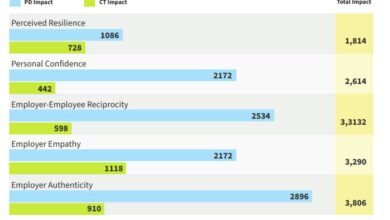
By | Dana Hundley | www.themuse.com
Well, here we are again. You need something from a colleague, but haven’t received a response yet. It’s time to follow up. You pull up the thread, click “Reply,” and have the urge to start typing, “Do you have those answers for me? Per my last email, the deadline was this morning.”
But here’s the thing: You know that phrase, “Per my last email,” can come off as passive aggressive. (If we’re being totally honest, that’s probably one of the reasons you’re considering whipping it out in the first place!) It can leave your co-worker feeling called out, and in general just rub people the wrong way.
Of course, the best way to avoid having to go down that road is to set your expectations clearly and concisely in your initial message. Lead with the most important information; include a call to action; create accountability by adding a due date; and, if there’s a lot of relevant background information, include it below and alert the reader it exists.
Unfortunately, regardless of how obvious you think your request is or how comprehensive the information you share, you may need to follow up to get what you need or repeat yourself until everyone’s on the same page. (Isn’t it frustrating when someone asks you a question they’d surely know the answer to—if only they’d actually read your previous note?)
It can be infuriating, but letting your frustration take over probably won’t be very productive. So what do you do? Here are five better ways to follow up than saying, “Per my last email…”
1. Be Direct
Sometimes the best approach is simply to point someone right back to the original request, minus the passive aggressive phrasing. The call to action, in other words, is to read and respond to the original email. In these instances, reply to the thread—so that the original is easily referenced—and be direct and concise. You could try:
- “I’m following up on the below” or “Following up on this [request/question/assignment]”
- “I’m circling back on the below” or “Circling back on this [request/question/assignment]”
- “I’m checking in on the below” or “Checking in on this [request/question/assignment]”
- “I need your input on the below by [date/time]”
2. Restate Your Request
In some cases, pointing your colleague back to the original request won’t feel like quite enough. Maybe you want to emphasize exactly what it is you’re asking for and why.
So reiterate your request in one to two sentences. Pull out the most important point along with the deliverable you’re waiting on and the deadline, directing the reader to the original email for more information.
For example, you might say: “Here are the design proofs for your review. We need your edits by the end of the week in order to move forward. Please see below for additional information.”
You can also combine these first two approaches with something like: “I’m following up on the design proofs. We need your edits by the end of the week in order to move forward. Please see below for additional information.”
This tactic can be effective for readers who don’t always take the time to read all of the information, and can be a softer approach than jumping right to, “Can you look at my last email?”






